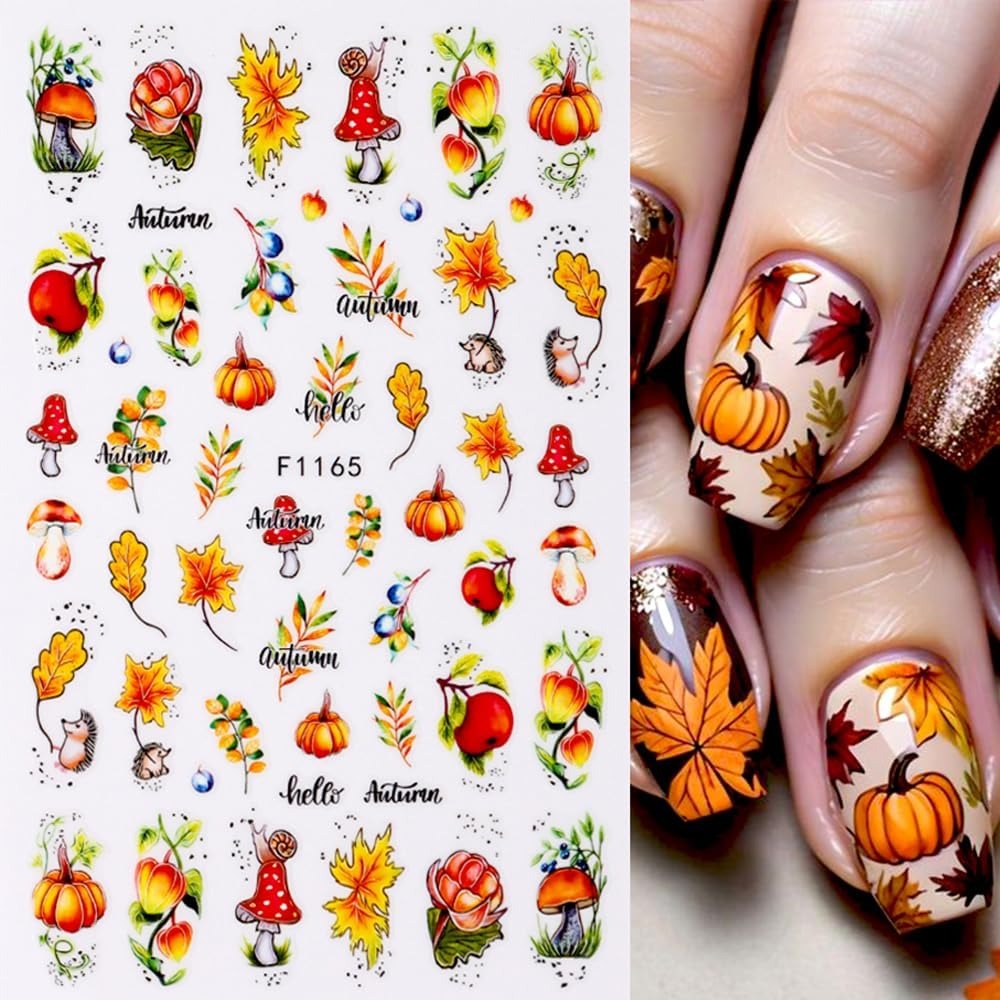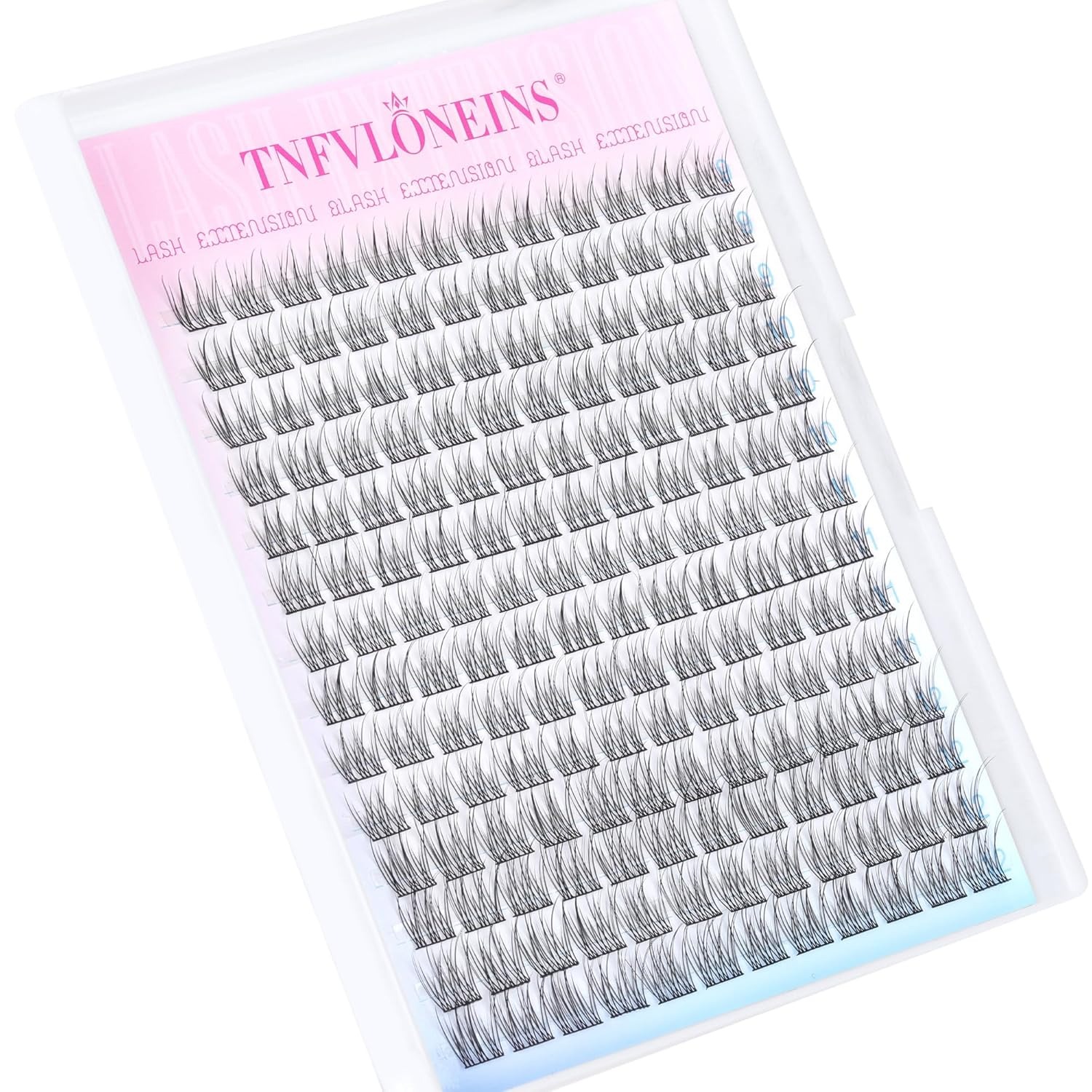In the ever-evolving world of beauty and self-care, what is gel nail polish has become a frequently asked question. Gel nail polish has revolutionized manicures, offering a durable and glossy finish that outshines traditional nail polishes. Whether you’re a beauty enthusiast or someone looking to enhance your nail care routine, understanding what is gel nail polish and how to use it can significantly elevate your manicure game. This comprehensive guide delves into the essentials of gel nail polish, its benefits, application process, maintenance tips, and answers to common questions.
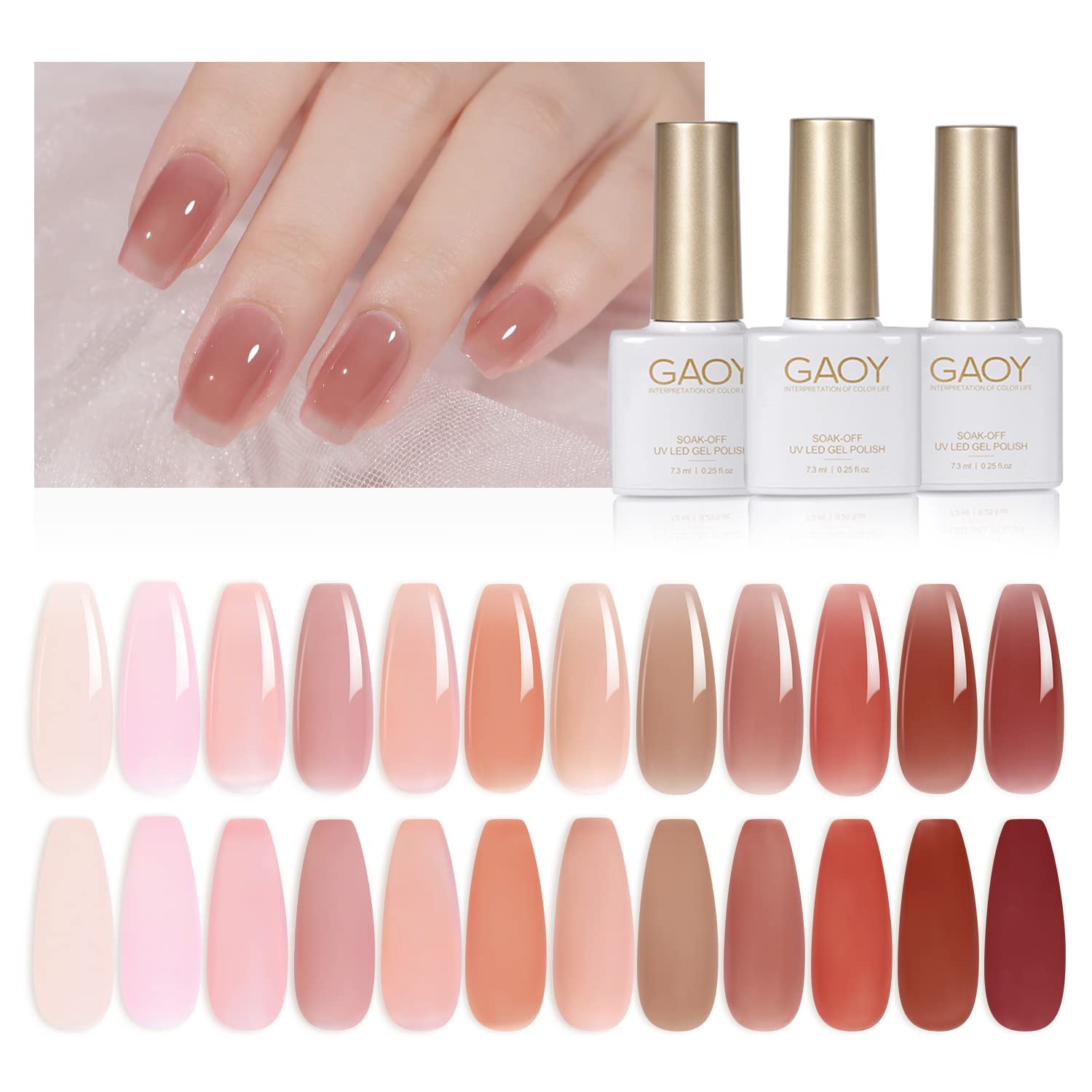 What is gel polish?
What is gel polish?
What is gel nail polish? Gel nail polish is a special type of nail polish. It is designed to last longer. Unlike regular polish, it needs UV or LED light to cure. The curing process makes it solid and durable. Once cured, gel polish offers a smooth, shiny finish.
Differences between gel nail polish and regular nail polish
Gel nail polish and regular nail polish differ in many ways:
- Durability: Gel polish lasts up to two weeks, longer than regular polish.
- Drying: Gel polish requires UV or LED light to dry, while regular polish air-dries.
- Finish: Gel polish has a glossy, chip-resistant finish.
- Removal: Removing gel polish requires soaking and scraping, unlike regular polish which wipes off with remover.
Types of gel polish
There are three main types of gel polish:
- Soft Gel Polish: This is flexible and easier to remove compared to hard gel.
- Hard Gel Polish: It is very strong and used for nail extensions.
- Gel-Like Polish: It mimics gel polish’s look but doesn’t need curing lamps.
These types are chosen based on personal preferences and intended nail design.
How gel polish works
Gel nail polish works through a unique chemical and physical process. Its longevity and durability are based on its specialized design and curing mechanism. Understanding its composition and curing process helps users make informed choices.
Chemical composition of gel polish
Gel nail polish contains three main components:
- Photoinitiators: These are compounds activated by UV or LED light, starting the curing process.
- Resins and polymers: They contribute to the polish’s strength, flexibility, and glossy finish.
- Pigments: These provide the color of the polish.
When exposed to curing lamps, the photoinitiators react to light and harden the resins. This chemical process gives gel polish its long-lasting and chip-resistant qualities.
The curing process: UV vs LED lamps
Curing gel nail polish involves exposing it to specific types of light:
- UV lamps: These cure most gel polishes. They emit a broad spectrum of wavelengths. Curing may take 2-3 minutes per layer.
- LED lamps: These cure faster compared to UV lamps. They work on specific wavelengths and often cure in under 60 seconds per layer.
Both lamps activate the chemical reaction within the polish. This creates a solid, durable finish that stays intact for weeks. Each lamp type works with different types of gel polish, so compatibility is essential.
 Benefits of using gel polish
Benefits of using gel polish
Gel nail polish stands out due to its advantages. It’s a top choice for many. Here are the main benefits you can expect.
Longer-lasting manicure
Gel nail polish offers impressive durability. Regular polish often chips within days. In contrast, gel polish can last up to two weeks. Its tough formula ensures that your manicure stays intact. This makes it ideal for busy lifestyles or special occasions. Frequent touch-ups become unnecessary, saving time and effort.
Glossy finish and durability
The finish of gel polish is unmatched. It provides a smooth, shiny look that remains chip-free. Regular polish may lose shine over time, but gel polish retains its luster. Its durability also protects nails from everyday wear and tear. Gel polish creates a professional, salon-like appearance that lasts.
Potential drawbacks of gel polish
While gel polish offers many benefits, it does have some downsides. Understanding these can help you make informed choices.
Risk of nail damage
Using gel polish repeatedly can weaken nails. Over-curing or improper application may harm the nail bed. Continuous use might lead to thinning and brittleness. Additionally, aggressive scraping during removal can cause further damage. This is why it’s essential to allow nails time to recover between manicures.
Removal process and its challenges
Removing gel polish isn’t simple. It requires soaking nails in acetone. Prolonged exposure to acetone can dry out the skin and nails. Improper scraping after soaking can result in peeling or splitting nails. This process can also cause discomfort if done incorrectly. For safer removal, patience and the right techniques are key.
How to apply gel polish at home
Gel nail polish can be applied at home with the right steps and tools. Follow the correct application process to achieve a salon-quality manicure. Below, we break it down into easy steps.
Step-by-step application process
- Prep your nails: Begin by cleaning and shaping your nails. Push back cuticles gently and smooth the nail surface with a buffer.
- Apply a base coat: Use a gel base coat and ensure it is applied thinly and evenly. Cure the base coat under a UV or LED lamp as per the product instructions (this usually takes 30-60 seconds).
- Apply the gel polish: Brush on the first layer of gel polish. Keep this layer thin to avoid uneven curing. Cure under the lamp. If needed, repeat the process with a second layer for better opacity.
- Seal with a top coat: Finish the look with a gel top coat. This step locks in color and adds shine. Cure the top coat under the lamp for the manufacturer’s recommended time.
- Clean off residue: Some gel polishes leave a sticky layer after curing. Use a lint-free wipe and rubbing alcohol to remove this.
Tools and equipment needed
To apply gel polish at home efficiently, gather the following tools:
- UV or LED lamp: Essential for curing gel polish.
- Nail buffer and file: Used for shaping and smoothing the nail surface.
- Cuticle pusher: Helps to prepare the nail bed.
- Gel base coat: Ensures the polish adheres well to your nails.
- Gel nail polish: Choose your desired color.
- Gel top coat: Protects the polish and adds shine.
- Lint-free wipes: Removes any sticky residue that remains after curing.
- Rubbing alcohol or cleanser: Cleans off any excess product for a polished finish.
By following the step-by-step process and using the correct tools, you can enjoy a flawless gel manicure from the comfort of home.
Tips for maintaining gel polish
Proper care can maximize the lifespan of your gel manicure. By maintaining your nails well, you can keep them looking fresh and glossy. Here are practical tips to make the most of your gel polish.
Extending the longevity of your manicure
- Moisturize your cuticles regularly: Keep your nails and surrounding skin hydrated. Use cuticle oil daily to prevent dryness.
- Avoid harsh chemicals: Protect your nails from cleaning products. Wear gloves while doing household chores.
- Don’t pick at your nails: Picking at gel polish can lead to peeling and damage. Avoid this to preserve your manicure.
- Use a top coat touch-up: Apply a thin layer of a clear gel top coat every few days. This can enhance shine and durability.
- Limit water exposure: Prolonged exposure to water can weaken the bond of gel polish. Dry your hands well after washing.
Best practices to prevent chipping
- File chipped edges carefully: Smooth chipped areas with a fine grit nail file. This can prevent further damage.
- Avoid harsh impacts: Be mindful of activities that can crack your polish, like opening cans or scraping surfaces.
- Choose high-quality polishes: Invest in reliable gel polish brands for improved performance and longer wear time.
- Apply thinner layers: Thicker coats are more prone to chipping. Stick to thin and even layers during application.
- Protect your nails from extreme temperatures: Avoid sudden shifts between hot and cold environments. These can weaken gel polish adhesion.
By following these tips, you can maintain beautiful, long-lasting gel nails while reducing the chances of chipping or dullness.
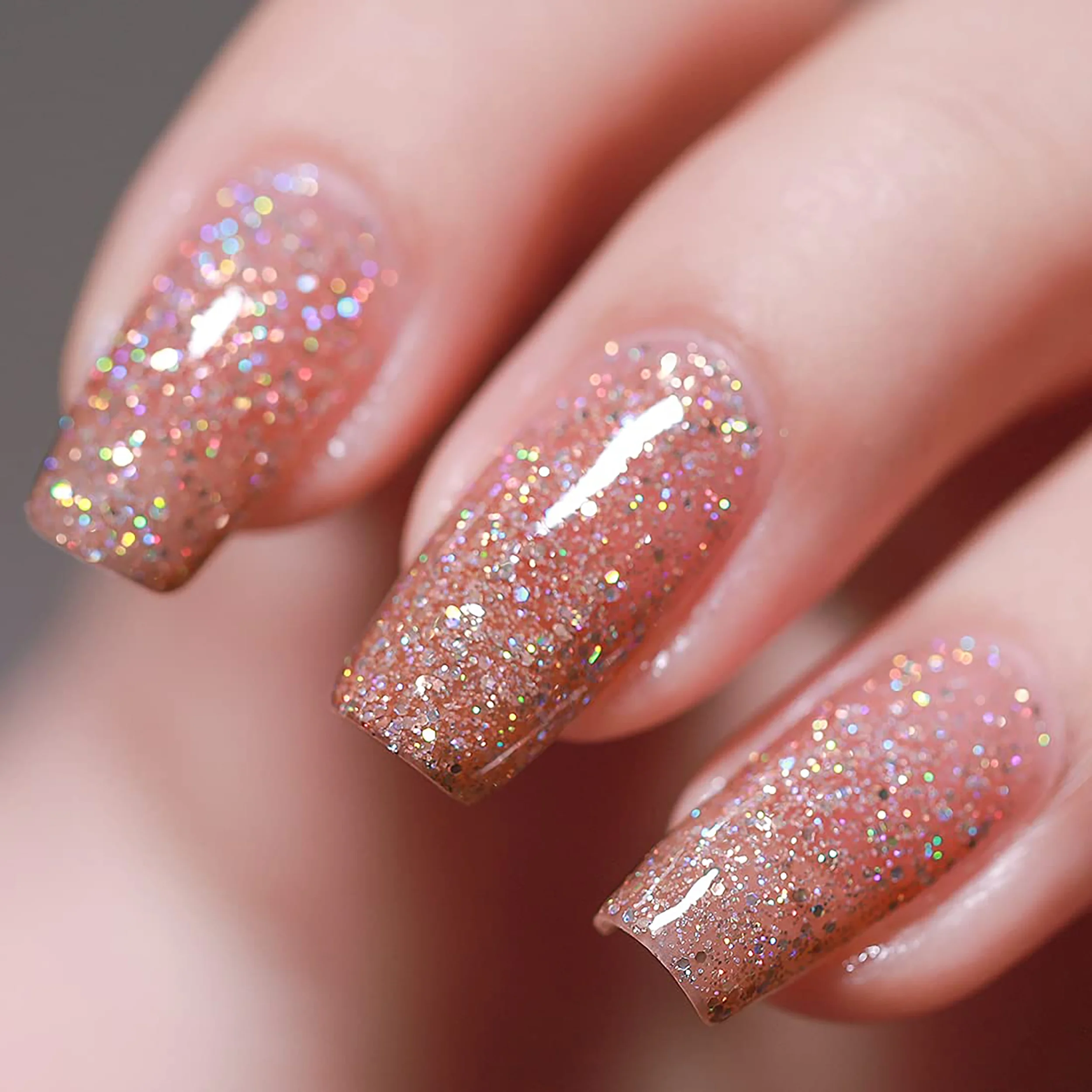 Safe removal of gel nail polish
Safe removal of gel nail polish
Removing gel nail polish carefully protects your nails from damage. Following the right steps is key.
Soaking and scraping techniques
- Prepare your nails: File off the shiny top coat gently with a nail file.
- Soak cotton pads in acetone: Saturate cotton pads with acetone for effective polish removal.
- Secure cotton pads: Wrap your nails with the acetone-soaked cotton pads using aluminum foil.
- Wait patiently: Let the acetone sit for 10-15 minutes to loosen the polish.
- Scrape gently: Use a cuticle pusher or orange stick to lift the softened gel polish.
- Repeat if necessary: If polish remains, repeat the process without excessive scraping.
These steps ensure safe removal while minimizing stress on your nails.
Avoiding damage during removal
- Don’t force peeling: Never peel or pull off gel polish; this can harm the nail bed.
- Take breaks: Allow nails to recover between manicures for better nail health.
- Use nourishing oils: Apply cuticle oil after removal. This rehydrates nails and skin.
- Limit acetone exposure: Avoid soaking too long to prevent excessive skin dryness.
- Seek professional help: Visit a salon if home removal feels challenging or risks damage.
Proper techniques and care ensure a safe and damage-free gel polish removal process.
Environmental Considerations of Gel Nail Polish
As awareness of environmental impact grows, it’s essential to consider the sustainability aspects of gel nail polish.
Eco-Friendly Gel Polish Options
Many brands now offer eco-friendly gel polish options that are free from harmful chemicals like toluene, formaldehyde, and DBP (dibutyl phthalate). Look for products labeled as “3-free,” “5-free,” or “7-free” to ensure they meet higher safety and environmental standards.
Proper Disposal
Proper disposal of gel polish and removing gels is crucial to minimize environmental impact. Avoid pouring leftover polish or acetone down the drain. Instead, dispose of them according to local hazardous waste guidelines.
Refillable and Sustainable Packaging
Some brands offer refillable or recyclable packaging for their gel nail products. Supporting these brands helps reduce waste and promotes sustainable practices in the beauty industry.
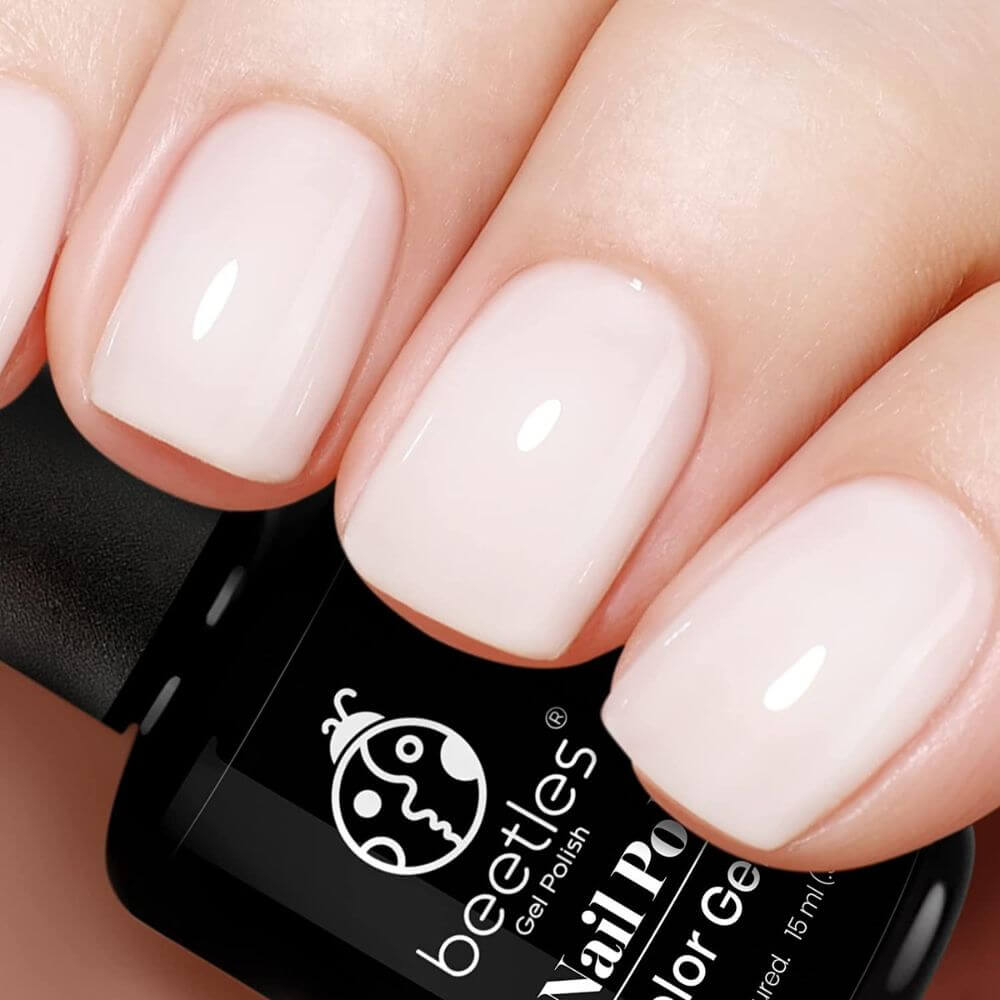 Frequently Asked Questions (FAQ)
Frequently Asked Questions (FAQ)
What is gel nail polish?
Gel nail polish is a type of nail color that combines the beauty of traditional nail polishes with the durability of gels. It cures under UV or LED light, creating a long-lasting, chip-resistant finish that typically lasts up to two weeks.
How is gel nail polish different from regular nail polish?
Unlike regular nail polish that dries through evaporation, gel nail polish requires curing under a UV or LED lamp. This process results in a harder, more durable finish that resists chipping and maintains its glossy appearance longer than traditional polishes.
Can I remove gel nail polish at home?
Yes, you can remove gel nail polish at home using a proper removal process involving acetone-soaked cotton pads and aluminum foil. It’s essential to follow the correct steps to avoid damaging your natural nails.
How long does a gel manicure last?
A gel manicure typically lasts between two to three weeks, depending on your nail growth and how well you maintain the polish. Proper care can help extend the life of your gel manicure.
Is gel nail polish safe for my nails?
When applied and removed correctly, gel polish is generally safe and can even strengthen your nails. However, improper removal or excessive use without breaks can lead to dryness and weakening of the natural nails.
Can I paint my nails over gel polish?
Yes, you can paint your nails over gel polish by using a base coat, applying a new color, and then finishing with a top coat. This allows you to update your manicure without removing the existing gel polish.
What tools do I need to apply gel polish at home?
To apply gel nail polish at home, you need the following tools:
- UV or LED lamp
- Gel base coat
- Gel color polish
- Gel top coat
- Lint-free wipes
- Alcohol or a cleanser for removing residue
- Nail file and buffer
Are there different types of gel nail polish?
Yes, there are several types of gel nail polish, including hard gel, soak-off gel, and builder gels. Each type serves different purposes, from creating extensions to providing durable color finishes.
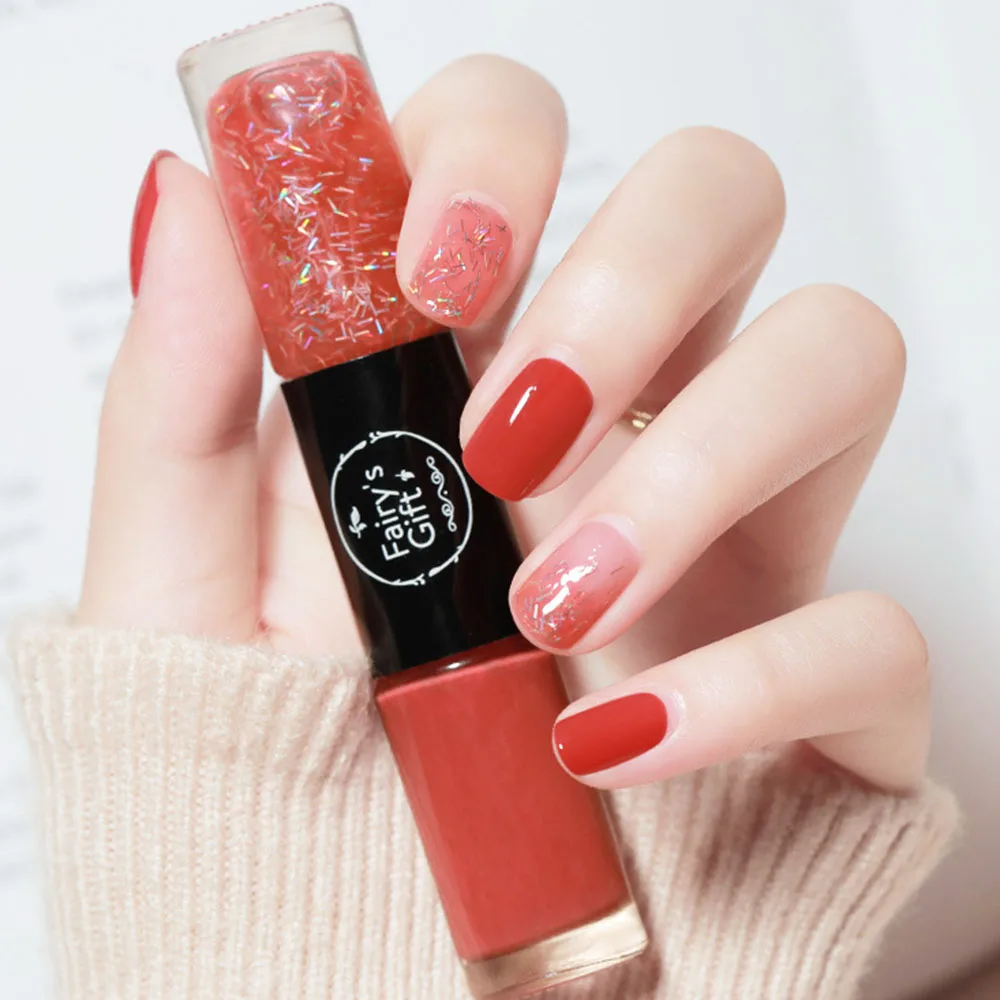 Conclusion
Conclusion
Understanding what is gel nail polish opens up a world of possibilities for achieving stunning, long-lasting manicures. Gel nail polish offers a perfect blend of beauty and durability, making it a favorite choice for those seeking a polished and resilient nail look. By mastering the application process, maintaining your gel manicure, and choosing high-quality products, you can enjoy the benefits of gel nail polish while keeping your natural nails healthy. Whether you opt for a DIY approach or visit a professional salon, gel nail polish provides a versatile and glamorous option for enhancing your personal style. Embrace the sparkle and resilience of gel nail polish, and let your nails shine with confidence and elegance.
